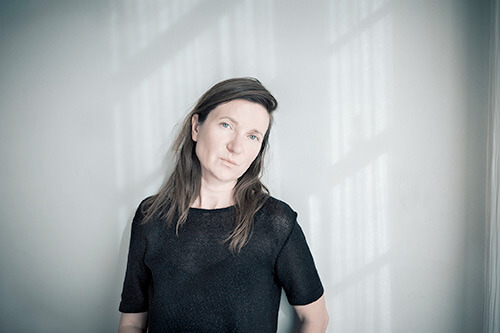Annick Donkers is a documentary photographer from Antwerp, Belgium. After obtaining a Master’s degree in Psychology, she decided to specialize in photography. She has received a grant from the Mexican Ministry of Foreign Affairs and was selected to participate in the Seminar on Contemporary Photography at the Centro de la Imagen in Mexico City (2008). Her work has been exhibited and published internationally. She was one of the winners at the Survival International Competition (2015), won an award at the San José Photo Festival in Uruguay (2016), the Sony Awards in UK (2016), the MIFA awards in Russia (2016), the IPA awards in USA (2016), the TIFA awards in Tokyo (2016), received an honorable mention at the Px3 Prix de la Photo in Paris(2016), was selected at Latin American Photography vol.5 (2016), on the cover of Dodho magazine (2016), shortlisted for the Kolga Tbilisi Awards and Athens Photo Festival (2017). She currently lives and works as a freelance photographer in Mexico City.
About Lucha Libre Extrema
The Lucha Libre Extrema series emerged from a growing interest I had in Mexican professional wrestling. I was soon drawn towards sub-genres of the sport such as Lucha Libre Exótica and Lucha Extrema. This semi-clandestine hardcore genre is currently prohibited in Mexico City because of how dangerous it is, but events still take place outside the capital, notably at a car wash-turned-arena in Tulancingo, the village where El Santo, Mexico’s most famous pro wrestler, was born. The participants receive professional training and are paid a little bit more because of the risks they take. They perform with a variety of weapons: chairs, thumbtacks, wire, and fluorescent lights, turning the ring into a war zone. Yet the community of luchadores “extremos” is closely knit and few outsiders have gained access. Mexico has been a very violent place in recent years. As such, I found it fascinating that people were drawn to the dangerous world of Lucha Libre Extrema and turned my camera to the audience in an attempt to understand their reasons.
About Afromexican Healers
At the end of last year my attention was drawn to the coastal region of Guerrero known as Costa Chica, located to the south of Acapulco. This region is home to Mexicans descended from African slaves that identify themselves as being “black”. But outside this region they are little-known and they are currently fighting to be officially recognized by the Mexican State. The Costa Chica is also a place rooted in traditional beliefs that include appearances of trolls, the devil and spirit animals.
The legend tells that when a baby is born, a member of the family brings the child to a crossroads up in the mountains where lots of wild animals pass by. The first creature to approach the child will be the child's spirit animal, or tono in Spanish, since there is now a dependency created between child and animal. This means that when the animal is hurt, wounded or dies, the person is too. In the Afromexican communities there are healers that will cure these "animal"-related illnesses, since conventional medicine will not work in these cases. The person is cured with herbs selected by the healers and also according to the needs of the animal. They call these healers curanderos del tono and there are only a small number of them left. I went to the Costa Chica region in an attempt to capture what remains of this Afromexican tradition.
